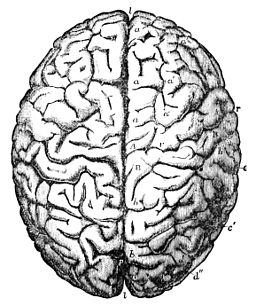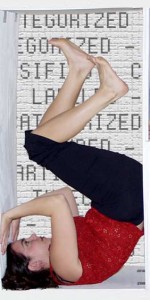
High school is typically a time of questioning and curiosity for teenagers who are known to be rule-breakers and risk takers. However, more and more I find myself among high school students who want to conform and not push boundaries too much during class. I find that my students need and crave a sense of belonging. They want to feel like they fit in, to not stand out too much, but at the same time they do appreciate the celebration of their individuality.
As a teacher, I am constantly working on getting to know my students as learners, as people, and as movers. When I meet my students where they are at, in their knowledge of my subject matter, and who they are as individuals, I can start to instruct and coach them in a more holistic manner. Working towards understanding students’ perspectives enables me to make strong connections and those connections build trust. When trust occurs, students begin to take on more risks and challenge their own growth.
How do we build authentic trusting connections with our students?
It takes time to get to know each of my students. I make time daily and weekly to ask my students questions about their lives outside of the classroom. I ask them to explain how they can apply what we are learning in class to their lives outside of the classroom. Blending together curriculum with “get to know you” activities can help at the start of the busy school year to build those relationships quickly. Even though relationships do take time to build, it is important to begin that process right from the start. I try to be open with my students and share things about myself as a teacher, a dancer, and a person so that they get to know me as well.
Teaching with patience and in an unassuming manner can take practice. It is very important to always work with students and not against them. I remind my students that I am on their side and that my goal is to help them learn and grow. Asking students questions to learn their perspectives and any issues that they might face can always help me differentiate my instruction.
How can teaching to the whole student allow us to challenge our students to push the edges of their own creativity and craft?
Building bridges between student to teacher and student to student creates trusting relationships within the class. I work to promote an environment that celebrates their uniqueness while also building the class as an ensemble. It is in this way that the students in the class grow together as a whole and learn to grow within their own skills as individuals.
Process. Process. Process.
Support their process with the time and space needed to make work, edit work, take risks, edit work again, take more risks, and so on. Teaching students about editing and revising their choreographic work so that they try a variety of choreographic choices allows them to build their creative capacity as well as think more deeply about choreographic choices.
I like to ask my students to explain how certain sections of their dance relates to their concept. This can be a very challenging question for many students and calls for higher order critical thinking. Some students struggle with this question and then I need to probe a bit more. What do you want your audience to understand or feel when they see this part? How could you change the space/time/energy of this section to better accomplish your choreographic goals?
In order to get to a point of being comfortable with being uncomfortable, students must feel a sense of belonging to the whole class. In this way, they are able to feel confident being part of the group but also being unique in their individuality. When students get to this point in feeling connected to the class, that is when I see them take those risks and really find deeper growth in their learning.

Contributor Janet (Neidhardt) Rothwell has been a dance educator for over 19 years. She has taught modern, ballet, and jazz at various studios and schools on Chicago’s North Shore. She received her Principal License from National Louis University, her MA in Dance with an emphasis in Choreography from the University of North Carolina-Greensboro, and her BA in Communications with a Dance Minor from the University of Wisconsin-Madison. Throughout her time in graduate school, Janet performed with Sidelong Dance Company based in Winston-Salem, NC.
Currently, Janet teaches dance at Adlai E. Stevenson High School in Lincolnshire, IL. She is the Director of the Mélange Dance Company and assists in the production of the Winter and Spring Dance Concerts at Stevenson High School. Janet has also presented multiple times at the National Dance Educators Organization Conference. She regularly seeks out professional development opportunities to continue her own artistic growth.
When she isn’t dancing, Janet enjoys practicing Pilates, yoga, and playing with her children.









